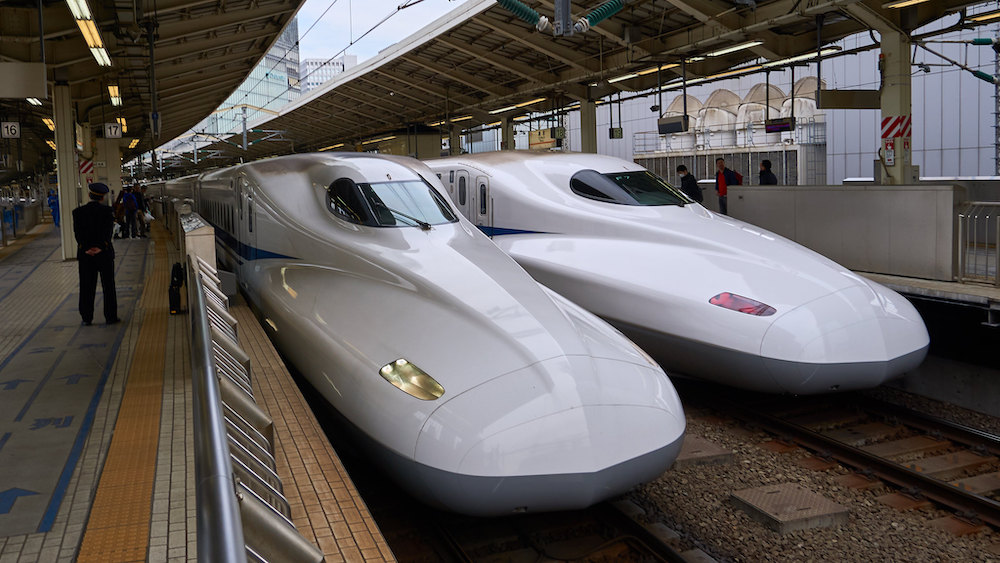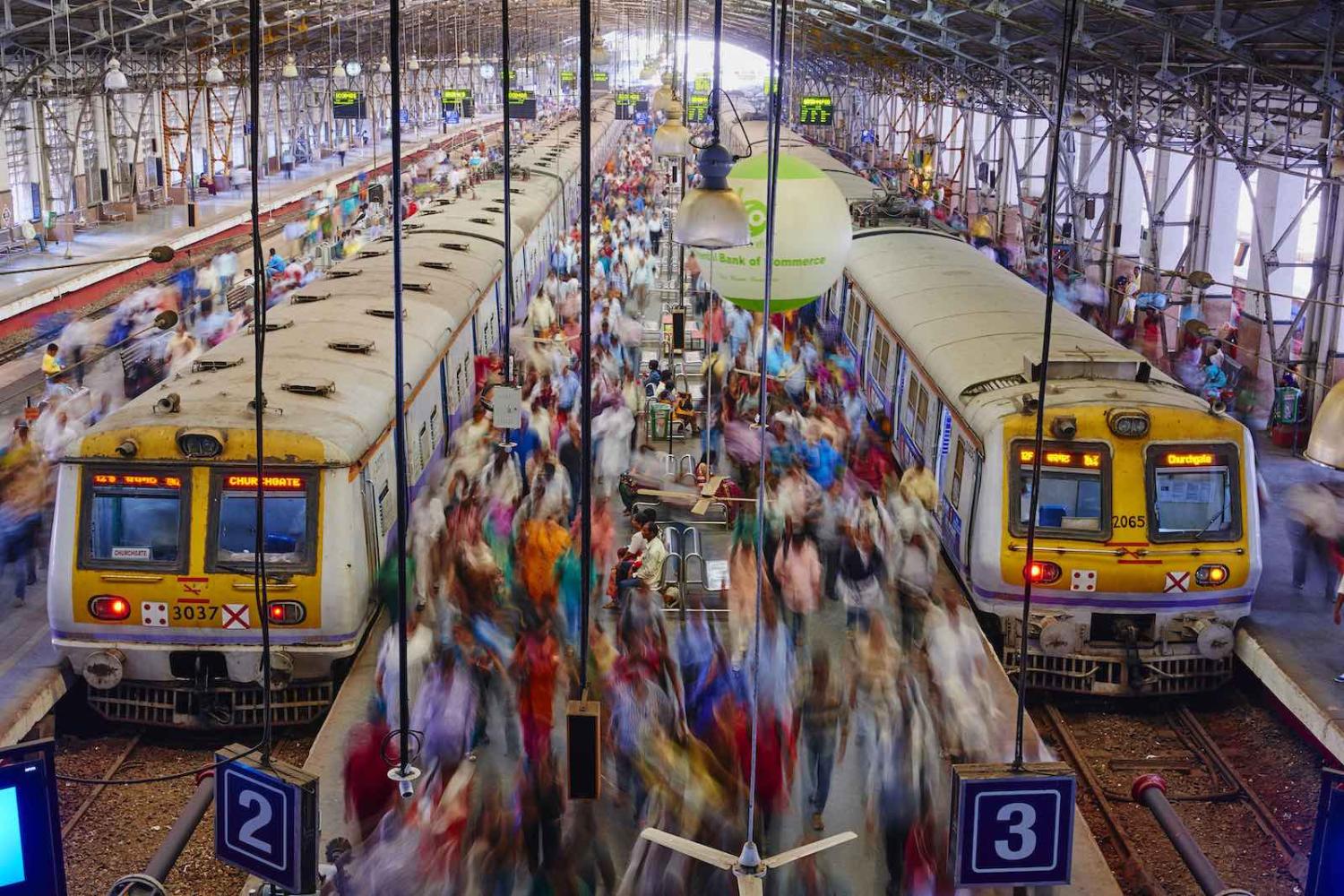Arguably the greatest, most visible and most impactful legacy of the British Raj in India is the train network that criss-crosses the country. So it perhaps comes as little surprise that India’s favourite regional friend is shoring up their relationship by investing heavily in, yes, more trains.
That’s not to say that Japan has any imperialistic plans for India. But this trans-Asian friendship that has particularly blossomed over the past decade or so is not just about economics and investment but has a strategic side, too.
The bullet trains in India are modelled on Japan’s high-speed Shinkansen, which runs at speeds up to 320 kilometres per hour. India is promising a total of eight lines, including Delhi-Ahmedabad, Delhi-Amritsar, Delhi-Varanasi, Chennai-Mysore, Mumbai-Hyderabad, Mumbai-Nagpur and Varanasi-Howrah.
The trains, as well as adding to the existing transport infrastructure, are deeply symbolic, as India builds upon the relics of its colonial past a new future with new partners.
The first one, Mumbai to Ahmedabad, is currently being built at a cost of US$15 billion. Eighty percent of construction costs are being provided as a loan from Japan with an interest rate of just 0.1%, and repayments will begin 15 years after completion, spread over 50 years – somewhat attractive loan terms. There will be 12 stops, and it would mean the current 508-kilometre journey, which currently takes eight hours, would be cut down to just three.
However, the project has run into problems, and this month the Railways Board CEO V K Yadav admitted to reporters that the project was “a bit delayed”. Translated, that means it will likely take five years longer than initially projected, with completion now expected in the second half of 2028.
Mostly, it’s about issues with land acquisition – the problem bedevilling most infrastructure projects in India – particularly in Maharashtra, which has a less compliant state government than that in Gujarat (Prime Minister Narendra Modi’s home state). Farmers in both states have been protesting, claiming they are not being adequately compensated for their land that is being taken for the project, and questioning why India is building a bullet train while also struggling to meet the basic needs of much of the population.
However, concerns aside, the project is a feather in the cap of the relationship between Japan and India, and both governments are very keen to preserve investment flows.

Over the past two decades, Japan has plugged more than $30 billion into India, with almost $3 billion of that coming last year. Covid-19 has hit hard, but according to the Observer Research Foundation, Japanese businesses in India remain committed to staying the course, underlining the importance of the relationship to Tokyo.
The trains are part of Japan’s overall investment in India, which also includes the Delhi-Mumbai Industrial Corridor (DMIC), a major collaborative project to create India’s largest industrial belt zone by linking the industrial parks and harbours of the six states between the two main cities to promote foreign export and direct investment.
Japanese private firms are also making their presence felt in India. More than 1440 Japanese companies have a presence in India, and Rajasthan and Gujarat in particular are making serious bids to attract more.
There is even a burgeoning “Little Japan” in India. A few hours’ drive on the highway to Jaipur, in northern Rajasthan, is a Japanese “special economic zone”, in and around the town of Neemrana. Where once there was nothing but a restored ancient fort on a hill, a popular weekend destination and wedding location, and a small village is now humming with life – hotels, Japanese restaurants and factories pumping out auto parts, air conditioners and the like destined for the domestic market. Flocks of goats and turbaned, moustachioed traditional goat herders weave through the paved roads, past Japanese signs.
Through the gates of factories is like entering another world – leaving outside the dusty desert where little grows for a world of manicured green grass and uniformed workers. There are 45 Japanese companies here, employing at least 10,000 people, and more land in the area has been set aside, to allow the special economic zone to expand and allowing the companies to bypass the troublesome land acquisition issues. One company is air conditioner manufacturer Daikin, which now plans to open a third plant in India, this time in the country’s south.
The relationship between Japan and India is also strategic: both are members of the Quad, along with Australia and the US, and Modi and Japan’s former prime minister Shinzo Abe enjoyed a close personal relationship. There is little news yet on what incoming Prime Minister Yoshihide Suga’s approach to the relationship will be, but it’s widely expected that he plans to continue in the arc of his predecessor. Last week, an agreement was signed between Japan and India’s armed forces to allow for reciprocal provision of supplies and services, paving the way for closer military cooperation.
In the context of this, it’s clear that the trains, as well as adding to the existing transport infrastructure, are deeply symbolic, as India builds upon the relics of its colonial past a new future with new partners.

